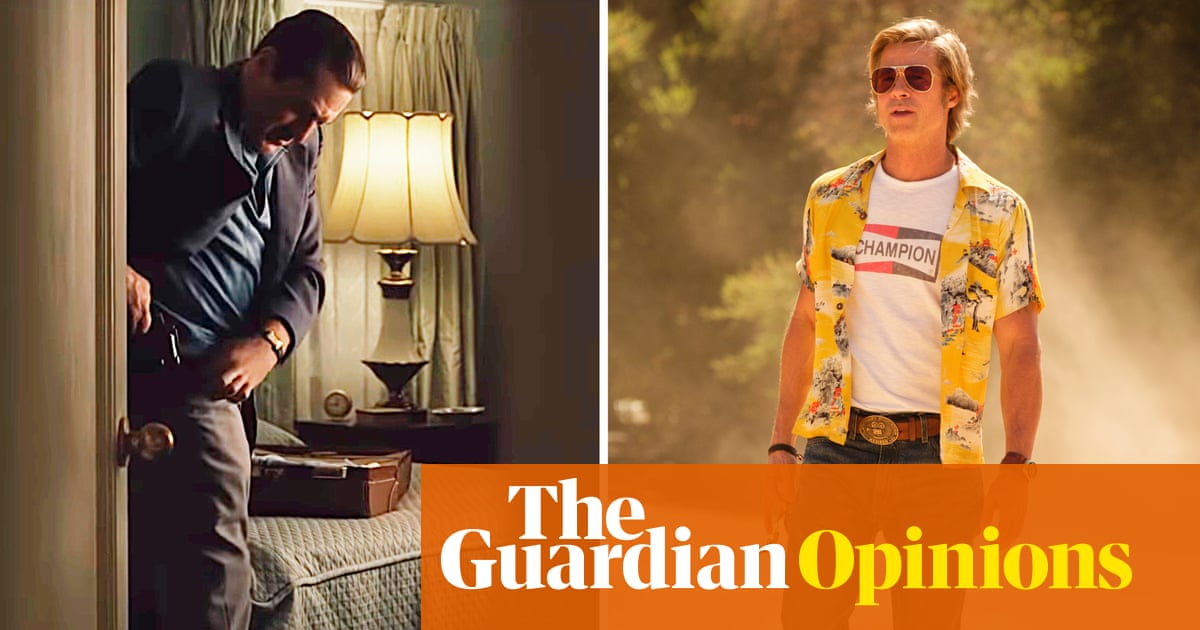Once Upon a Time in
Hollywood and The Irishman are full of male brutality – but are they doing anything to move the discussion forward?

This year we have been given two new masterworks from two old masters, and they’re strikingly similar in subject. Quentin Tarantino’s Once Upon a Time in Hollywood and Martin Scorsese’s The Irishman are both examinations of male-dominated worlds that orbit and adore violence. Both present vibrant ecosystems of toxic masculinity. And both reveal much about the largely male environments they present and the shocking violence within them, through the way they think about their central female characters.
Margot Robbie’s Sharon Tate is the personification of the fantasy world Tarantino creates in Once Upon a Time in Hollywood: free and joyous, and protected by Tarantino in his film from the violence wreaked on her in reality. The Irishman’s Peggy Sheeran (daughter of Robert De Niro’s mafia hitman Frank Sheeran), and her much-discussed near-muteness, represents something different. It’s through Peggy’s consistent, traumatised silence that Scorsese highlights the true horror of the milieu he’s examining; she sees the old, male world of her father for the self-destructive farce it is.